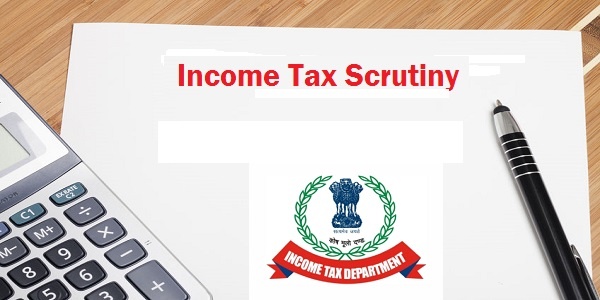Article explains Why there is a need for scrutiny selection by the Income Tax Department, Cases where A.O. must manually pick the case for Income Tax scrutiny, Methods for Picking case under Income Tax Scrutiny and Steps to be taken by AO after selecting the case under scrutiny to increase Tax Collection.
Page Contents
Why there is a need for scrutiny selection by the Income Tax Department?
There was a great need and importance of scrutiny selection by department, as all the assesses who file their return do not disclose their true income and mostly understates the income by showing bogus expenses, fictious entries, undervaluation of closing stock, eliminating cash sales, over booking of expenses etc. Department should select the cases, where there is a major variation in various ratios like N.P., G.P., Stock T.O. ratios. Deviation in prevailing ratios adopted by the industries. The main motive and objective of Income tax department is to maximize revenue of the government and to cover more and more persons under the purview of Income Tax Act.

Cases where A.O. must manually pick the case for Income Tax scrutiny
Cases where A.O. must manually pick the case for scrutiny and called for the required documents and details to correctly ascertain the income;
1). High volume of TDS and refund ratio.
2). Huge cash transactions.
3). Huge credit entries in bank statements.
4). Huge amount of unsecured loan as shown in liability side and interest rate at which such loan is taken.
5). Huge Capital addition in the books of account.
6). Non-Business or personal nature expenses debited in the profit and loss account.
7). Deviation in Tax audit report and ITR filed by the assesse regarding disallowance of various expenses.
8). TDS liability not discharged properly.
The above list is an illustrative list.
Methods for Picking case under Income Tax Scrutiny
Cases are picked into scrutiny by two methods;
1). Manually by A.O.
2). CASS i.e. Computer aided scrutiny selection.
The first one is already discussed above, under the second method i.e. CASS this a automated software system of department which automatically takes the case under scrutiny by matching the ITR filed by the assesse with the database available with the system like mismatch in Form 26AS and ITR filed.
While selecting the return under scrutiny or reopening of case, A.O. must ensure the relevant provisions of the Act like provisions of section 143(1), 143(2), 142(1) , 147, 148 , 144 and specially provisions of section 143(2) and 149 i.e. time limit for issuing notice.
Steps to be taken by AO after selecting the case under scrutiny to increase Tax Collection
With the target of increasing tax collection, A.O. after selecting the case under scrutiny must take the following steps to properly assess the income;
1). Check all the Cash transactions and various provisions of section 269ST,269SS,269T,40(A)(3), Fixed assets worth more than Rs. 10,000/- purchased in cash.
2). Vouchers and Invoice of expenses debited in profit and loss account.
3). Applicability of TDS provision on payments made.
4). Reconciling the T.O. as declared in ITR with GST returns and Bank Accounts.
5). Capital introduction in the business by assesse, if any.
6). Change in method of accounting, method of valuation of closing stock as it directly effects calculation of profit.
7). Penalty and other expenses which are required to be disallowed.
8). Provisions of section 28 to 44.
9). Personal nature expenses, if any.
10). Detailed checking of Cash Book, Expense ledgers.
11). High variation in ratios if any, than A.O. must seek reply and reasons for such deviation.
12). Eligibility and validity of deductions and exemption claimed in return.
13). Loans and advances given must be checked.
14). Long outstanding creditors and debtors in the books of accounts.
15). Unsecured loans and interest on the same must be checked, if there is no change in the balance of outstanding amount than there should be complete checking of that particular account.
16). Validity and proper valuation of investments reflecting in the books of accounts.
17). Compliance of section 145(2) i.e. Income computation and disclosure standards, profit and loss must be computed in accordance to these standards.






The manual selection of case for scrutiny by the AO has been stopped by the department because of harassment caused by the departmental officers/officials under the pretext of manual selection.